Table of content
Introduction
Rose petals have long been symbols of love, beauty, and fragility. Yet, their ephemeral nature—wilting within days of blooming—often leaves admirers yearning for a way to extend their charm. Enter the enchanting world of iced rose petals, a culinary and decorative technique that transforms delicate blooms into edible, crystalline treasures. This method not only preserves the rose’s aesthetic allure but also infuses it with a subtle, sweet flavor, making it a versatile ingredient for gourmet dishes, cocktails, and artistic displays. In this guide, we delve into the history, science, and step-by-step process of creating iced rose petals, ensuring even novices can master this delicate craft.
Chapter 1: The Allure of Iced Rose Petals
The practice of preserving flowers dates back centuries, with roots in ancient Persian, Chinese, and Roman culinary traditions. Iced rose petals, however, emerged as a Victorian-era innovation, where they adorned elaborate desserts and teas as symbols of refinement. Today, they are cherished by modern chefs, mixologists, and artisans for their ability to elevate both visual and gustatory experiences.
Scientifically, the process of icing petals involves osmosis and crystallization. When petals are coated in a sugar syrup and dried, the water within their cells is replaced by sugar molecules, creating a glass-like structure that locks in color and fragrance. This transformation not only extends the petal’s lifespan but also imparts a delicate, candy-coated texture.
Chapter 2: Selecting the Perfect Roses
Not all roses are created equal. For iced petals, choose organic, pesticide-free blooms with vibrant colors and firm petals. Avoid varieties with thick stems or overly fragrant blossoms, as these may release bitter compounds when processed.
Ideal Candidates:
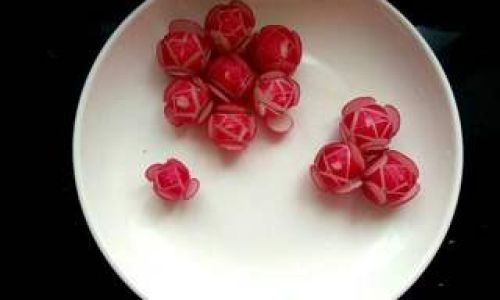
- Damask Roses (Rosa damascena): Known for their intense fragrance and velvety texture.
- Cabbage Roses (Rosa centifolia): Offer layered petals and a mild flavor.
- Miniature Roses: Compact blooms perfect for garnishes.
Harvesting Tips:
- Pick roses early in the morning, when petals are most hydrated.
- Use sharp, clean scissors to cut stems at a 45-degree angle.
- Avoid bruised or damaged petals, as they will not hold their shape during icing.
Chapter 3: Essential Tools and Ingredients
To embark on your iced rose petal journey, gather the following:
Ingredients:
- Fresh Rose Petals: 10–15 large blooms (yields approximately 50–70 petals).
- Granulated Sugar: 1 cup (for syrup) + ½ cup (for coating).
- Water: ½ cup.
- Optional Enhancements:
- Corn Syrup (1 tbsp): Adds shine and prevents crystallization.
- Food-Grade Rose Essence (¼ tsp): Intensifies flavor.
- Edible Food Coloring: To deepen petal hues.
Tools:
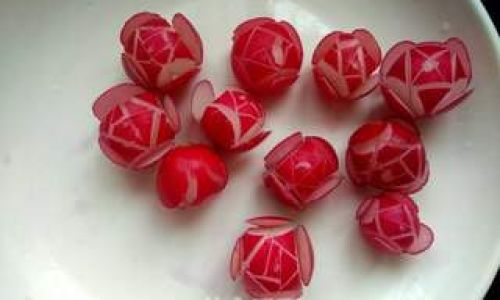
- Sharp Paring Knife: For delicate petal removal.
- Silicone Baking Mat or Parchment Paper: To prevent sticking.
- Small Saucepan: For simmering syrup.
- Pastry Brush: For even syrup application.
- Cooling Rack: For drying petals.
Chapter 4: The Icing Process
Step 1: Preparing the Petals
- Gently deconstruct each rose: Hold the bloom facedown and carefully pull petals away from the base. Discard any discolored or torn edges.
- Clean petals: Rinse lightly under cold water, then pat dry with a paper towel. Avoid rubbing, as this may bruise the petals.
- Trim petals: Use scissors to remove the white, bitter heel at the base of each petal.
Step 2: Crafting the Simple Syrup
- In a small saucepan, combine 1 cup sugar, ½ cup water, and corn syrup (if using).
- Simmer over low heat until sugar dissolves completely (3–4 minutes). Do not boil, as high heat will caramelize the sugar.
- Remove from heat and stir in rose essence or food coloring (if desired). Allow syrup to cool to room temperature.
Step 3: Coating the Petals
- Dipping Method:
- Submerge each petal into the syrup, ensuring full coverage.
- Hold it over the pan for 5–10 seconds to drain excess liquid.
- Brushing Method (for intricate blooms):
Use a clean pastry brush to paint syrup onto both sides of the petal.
- Sprinkle with Sugar: While still wet, lightly dust petals with granulated sugar to enhance crystallization.
Step 4: Drying and Setting
- Arrange coated petals in a single layer on a silicone mat or parchment-lined baking sheet.
- Place in a cool, dry area (65–70°F / 18–21°C) away from direct sunlight.
- Allow petals to dry for 12–24 hours. They are ready when the surface feels firm and no longer tacky.
Pro Tip: For faster drying, use a dehydrator set to 95°F (35°C) for 4–6 hours.
Chapter 5: Troubleshooting Common Issues
- Cloudy Petals: Caused by impurities in the syrup. Strain the mixture before use.
- Sticky Texture: Indicates insufficient drying. Extend drying time or lower humidity levels.
- Uneven Coating: Use a pastry brush for precision. Avoid overloading the brush with syrup.
- Brown Edges: Sugar caramelized due to high heat. Ensure syrup is simmered, not boiled.
Chapter 6: Storage and Shelf Life
Store iced rose petals in an airtight container in a cool, dark place. They retain their quality for up to 6 months. For extended freshness, layer petals between sheets of parchment paper and freeze for up to 1 year.
Defrosting Tip: Thaw frozen petals at room temperature for 30 minutes before use to prevent condensation.

Chapter 7: Culinary and Creative Applications
Edible Garnishes
- Cocktails: Float iced petals in champagne, gin fizzes, or rose-infused lemonade.
- Desserts: Adorn cakes, tarts, or macarons with petals for a romantic touch.
- Salads: Toss delicate petals into fruit salads with berries and mint.
Spa and Wellness
- Bath Teas: Combine iced petals with Epsom salts and dried lavender for a luxurious soak.
- Facial Toner: Infuse petals in witch hazel for a fragrant, anti-inflammatory skin treatment.
Artistic Installations
- Floral Chandeliers: Suspend petals from fishing line for ethereal wedding decor.
- Resin Jewelry: Encase iced petals in clear resin to create wearable art.
Chapter 8: Advanced Techniques
Flavored Syrups
Experiment with herbal infusions:
- Lavender-Rose Syrup: Add 1 tbsp dried lavender to the simmering syrup.
- Citrus-Rose Syrup: Zest one lemon or orange into the mixture.
Metallic Finishes
For a luxe effect, brush petals with edible gold or silver luster dust after drying.
3D Floral Designs
Layer petals with royal icing to craft edible roses for cake toppers.
Chapter 9: The Cultural Significance of Iced Roses
Beyond their culinary uses, iced rose petals hold symbolic weight in global traditions:
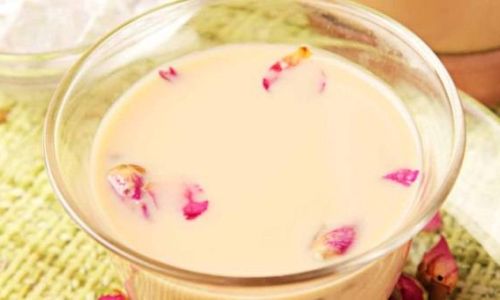
- Persian Weddings: Scattered as confetti to symbolize purity and joy.
- Chinese Moon Festivals: Used in offerings to honor the goddess Chang’e.
- Victorian Tea Ceremonies: Served alongside scones as a status symbol.
Conclusion: The Timeless Charm of Iced Roses
Crafting iced rose petals is a dance between patience and precision—a testament to the beauty that emerges when science meets artistry. Whether adorning a wedding cake, enhancing a cocktail, or simply gracing a windowsill, these crystalline blooms remind us that even the most fragile things can be preserved with care. So, the next time a rose wilts in your hand, remember: its elegance need not fade. With a pot of sugar and a touch of creativity, you can turn transient beauty into an everlasting masterpiece.
Final Tip: Share your creations with #IcedRoseArtistry—you might inspire a new generation of floral enthusiasts!
Word Count: 1,582



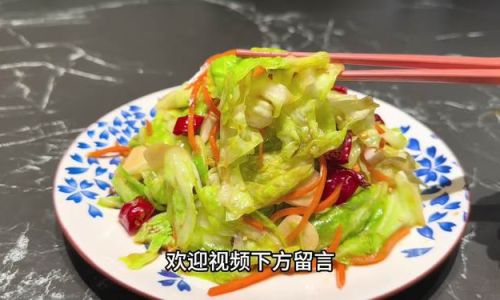
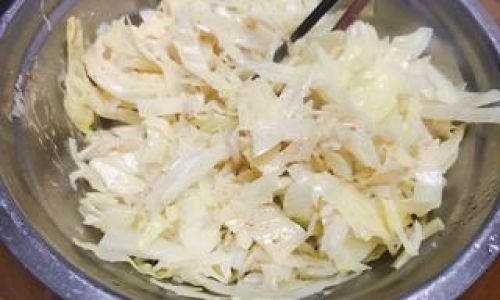
0 comments